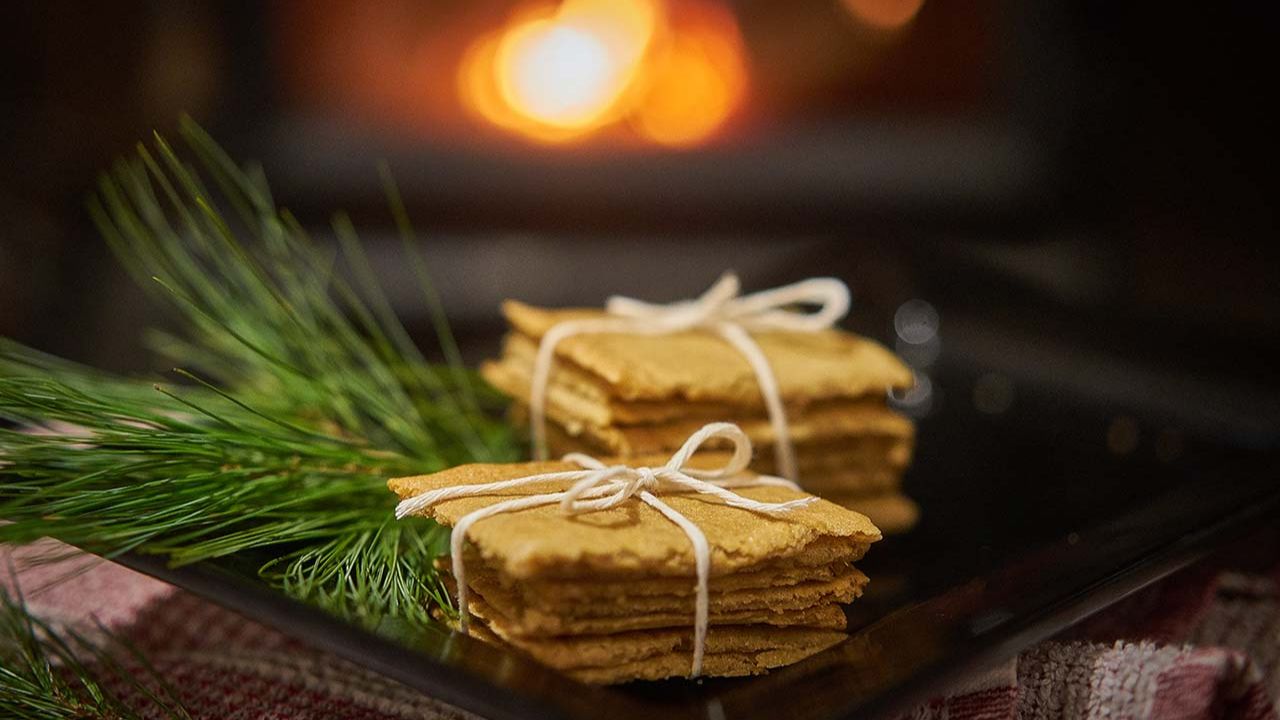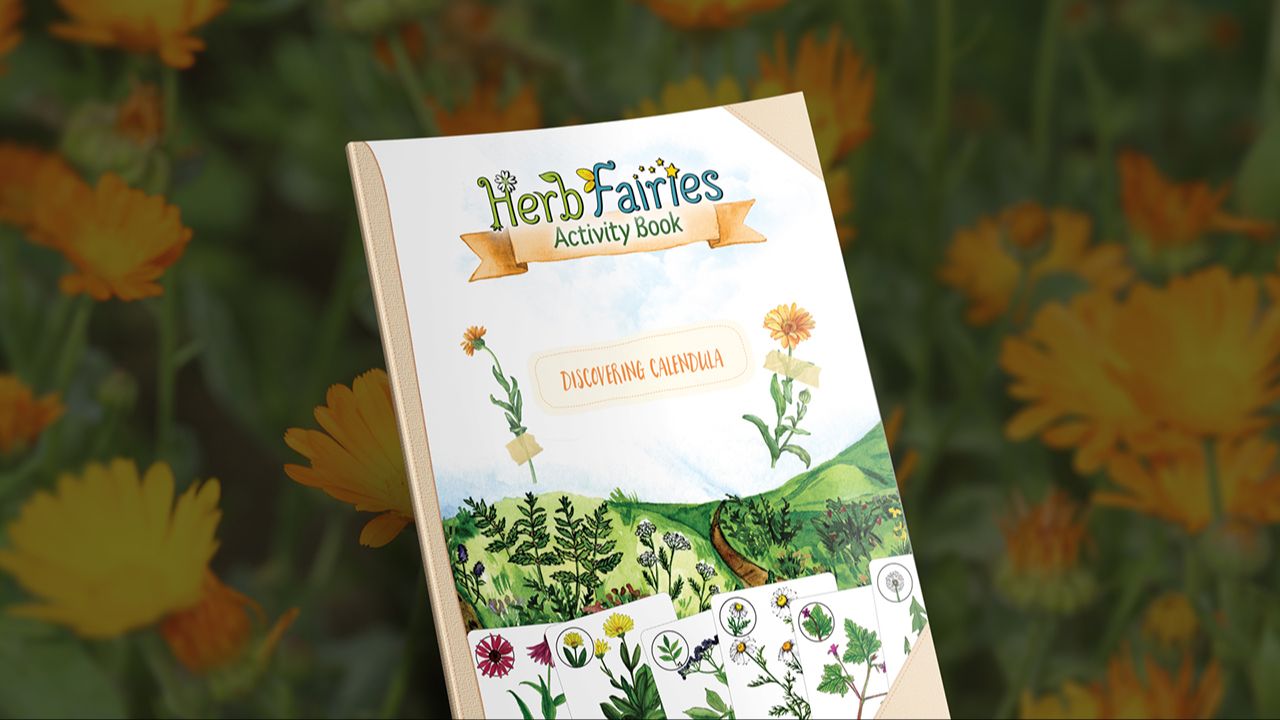
Ethical Foraging 101: What You Need to Know
Foraging has become a rather trendy topic and activity lately. It brings me great joy to know that more people are spending time outdoors, interacting with nature, and harvesting wild edibles and medicinal herbs. The process of identification, harvest, and preparation of wild foods and medicinal herbs brings us closer to our immediate eco-system and strengthens our sense of food security and wellness.
But harvesting wild plants is a practice ripe for abuse. Lack of education and destructive, overzealous behavior can be potentially dangerous to the individual and devastating to an environment. However, when keeping just a few things in mind and following some best practices, foraging for common plants can be a fun and rewarding experience without harming the environment or one’s self.
Here are 9 tips for ethical foraging and wildcrafting of medicinal and edible plants.

1. Know your Local Environment and its Common Plants
While clearly one is not going to set off foraging for, say, prickly pear, in the rainy Pacific Northwest, it is very important to know and understand what beautiful plants are abundant or what may be considered “at risk” in your particular area.
Pick up a field/expert guide (like the Peterson Field Guide) for your region from your local library, bookstore, or online, and study up on regional flora. Pay special attention to identification characteristics, growing conditions, time of bloom/fruiting.
Seek out foraging walks given by experienced foragers and herbalists and sign up for their next event. I find that local farmers, hunters, and fisherman are also outstanding resources for locating certain wild and abundant plant matter.
2. How Do I Start Foraging?
Want to know the fundamentals of ethical foraging and wildcrafting? In addition to the key tips, I’ve outlined here, it’s important to learn more about wildcrafting before you venture out to harvest. One of the best ways to learn about wildcrafting and foraging is Wildcrafter’s Toolkit: Wildcrafter’s Toolkit is LearningHerbs’ simple wildcrafting course. This short course includes 12 video lessons with herbalists Rosalee de la Forêt and Emily Han who give you practical information about working with the plants that grow around you.
The course covers plant identification, wildcrafting principles and practices and the important tools and supplies you’ll need. Then, you’ll learn how to harvest leaves, flowers. fruits, seeds, roots and bark. Plus, you’ll learn about washing, storing, drying, garbling, and freezing plants.
3. Always Have a Foraging Plan
Never set off into the woods (or anywhere else) without a proper plan. Keep in mind what you are looking for and where you should be looking for it, then stick to that mission. For example, if you’re looking for wild greens like nettles you would make a plan to look for these wild greens in spots where they would likely grow (like near a stream). Also, keep your travel time in mind, so you’re not accidentally hiking back in the dark!
If you stumble upon another common plant that interests you — perhaps a different type of wild green — note your location, take a picture or small sample, and consult identification materials and field guides when you have time and access.
This practice will likely save you the trouble and potential danger of a misidentification: it is crucial to properly identify plants so that you avoid accidentally harvesting any poisonous plants.
Taking this time to consult your identification materials and field guides also can inform your decision as to if it is ethical to harvest the plant (i.e. is it endangered or at risk?). Check out United Plant Savers for a list of endangered and at-risk plants.

4. Only Harvest From “Clean” Areas: Avoid Busy Roads
Forage in pollution, spray, and litter-free areas. Do not harvest from near busy roads, city parks, along property lines, or in industrial areas — all places for potential pollutants and contaminants. It is best to find untouched or lightly traveled (on foot) areas for your foraging, where you can be assured that harvest is clean and safe for consumption.
5. The Key to Foraging Safety: Properly Identify Plants and Mushrooms
I simply cannot stress this enough: learn to accurately identify your herbs and wild mushrooms. Never rely on one single characteristic like bloom or leaf for identification. Use three or more points of ID. Consider color, leaf, bloom, stem, fruit, bark/branches, fragrance, location, life cycle of the plant, soil conditions, and/or spore print (for mushrooms).
For example, cottonwood trees produce a resinous, fragrant leaf buds in late winter/early spring, usually near waterways or in damp, sometimes boggy soils, on brittle, knobbly branches. Here we have identified cottonwood by its location, its life cycle stage (leaf bud), its fragrance, and its branches – four points of identification.
Proper identification is one of the most crucial steps of wildcrafting.

6. Be Conservative in Your Harvest of Wild Foods and Medicinal Herbs
Most ethical foragers recommend that you only harvest between one-tenth to one-third of any particular patch of what you see, and never from the only patch you find. For instance, every summer I pass a small patch of mugwort (Artemisia vulgaris) along my favorite forest path — it is small, sparse, and the only mugwort in the immediate area, so I refrain from harvest.
But on another path I see an abundance of my favorite wild berries: blackberries! So I happily harvest these blackberries with deep gratitude to make a delicious blackberry jam. Considering the abundance of a plant is important when harvesting both wild foods and wild medicinal herbs.
Also, consider the life cycle of the plant. For example, snipping an elder tree of all those lovely white blossoms in spring will mean no wild berries come fall. Only harvest what you truly need. Exercising restraint is sometimes difficult, but a key trait of an ethical forager.
7. What is the Problem with Foraging?
Ethical foraging can be a beautiful way to connect with and tend to the land around you. Ethical foraging requires that foragers properly prepare, learn about the ecosystem they want to harvest in, and consider ways they can be in reciprocity with the land. When foragers do not practice ethical foraging principles, it can be harmful to the environment. Nothing is more frustrating as an outdoor enthusiast than seeing your favorite spots spoiled and ransacked by less appreciative people.
When foraging it’s important to not leave any garbage in the areas you’re hiking, and you can even consider carrying an extra bag with you to clean up messes and litter you stumble across. It’s also important to not drastically alter the landscape for your own ends: for example, don’t chop down trees/limbs, don’t pull downed trees across streams for bridges, don’t drive off road, don’t disturb nests, dens, etc.
Do report unsafe conditions to the appropriate authorities such as Fish & Wildlife, Forest Service, Parks & Recreation, or the county sheriff.

8. Prepare and Inform: Here’s What Experienced Foragers Do
Be prepared with the equipment you will need and the clothing you should wear, and always let somebody else know where you are headed and what your expected travel time is — this is especially important if you’re doing solitary foraging. But especially when you are a beginning wildcrafter, it’s wise to go harvesting with more experienced foragers.
I carry a lightweight “parachute” type material cross-body bag that has a deep front pocket to hold my clippers, a couple of field guides, and smaller zip closure type bags, while the body of the bag offers plenty of room for my finds. A basket may be a good choice for fluffier harvest like nettle leaf, mushrooms, and flowers/petals.
Wear sturdy, weather appropriate shoes, and when at all possible, long sleeves. A good pair of protective, heavy duty gloves are always a good idea too.
9. Check Out the Legalities of Foraging Medicinal and Edible Plants in Your Area
Check out the laws and regulations in your area about where it is legal to gather wild plants and wild mushrooms, and if any permits are required to do so. Do not trespass. Always obtain permission before foraging on private property.
If you are unclear about legal areas to forage, here again, your favorite hunter friend or relative can be a great resource for learning about public lands open for foraging and hunting and they may even know private property owners to whom you can seek permission for access. On that note – also be aware of hunting season schedules and take property safety measures during those times of the year.
Keeping these few considerations in mind will help you to a have a fun, safe, and legal foraging experience. Education, proper planning, and restraint are key characteristics of the ethical forager. Foraging fulfills some basic, human urges, provides exercise and activity in an increasingly inactive time, and brings us closer to truly appreciating the world around us. So get outside and gather some wild foods and medicinal herbs.










